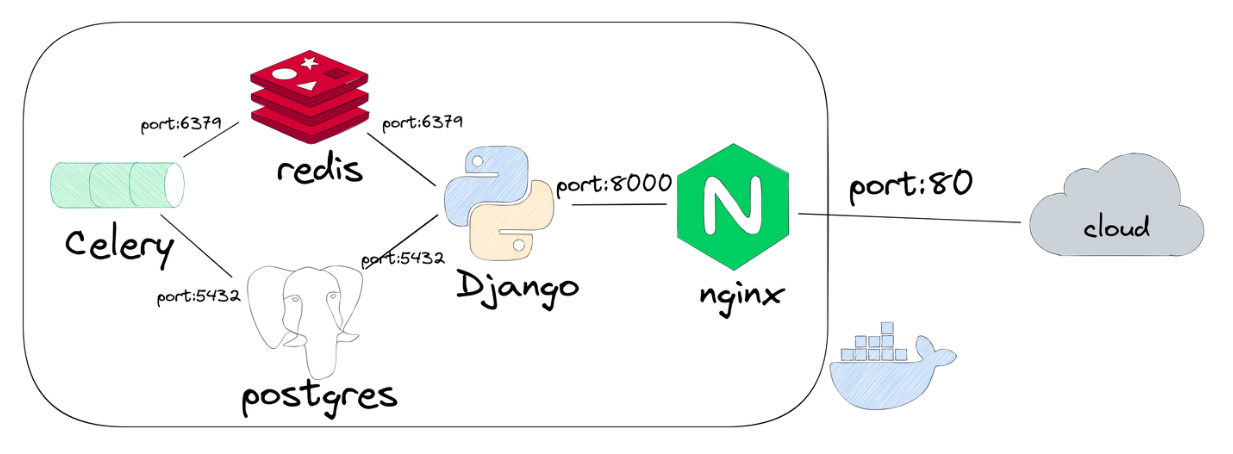CTO’s and Tech enthusiasts!
In this post, we’ll explore a crucial aspect of using Django with Celery – managing database connections. Let’s dive right in.
Django’s Automatic Connection Management
Django handles database connections automatically. Think of it like a smart system that knows when to open and close connections. This is especially handy for keeping things efficient and straightforward. The CONN_MAX_AGE setting in Django is key here. It decides how long a connection stays open. Set it to zero, and connections close quickly. Set it higher, and they stick around longer.
How Celery Fits In
When you integrate Celery for handling background tasks, it plays nicely with Django’s rules. After a Celery task is done, Django steps in to close any database connections if needed. This usually means you don’t have to worry about closing connections yourself.
When to Take Control
Sometimes, though, you need more control, especially for long-running tasks. This is where manually closing connections or using Celery signals can be helpful.
Using Celery Signals
Celery signals are perfect for controlling database connections during task execution. task_prerun and task_postrun are the signals for setting up before a task and cleaning up after, respectively. Here’s a quick example:

In Summary
While Django’s default management is effective for most cases, knowing when to manually intervene is key in specific scenarios. Use Celery signals for more complex tasks, but trust Django for the rest.
"Want to enhance your Django projects with efficient database connection management? Integrating Celery can optimize your applications’ performance."





